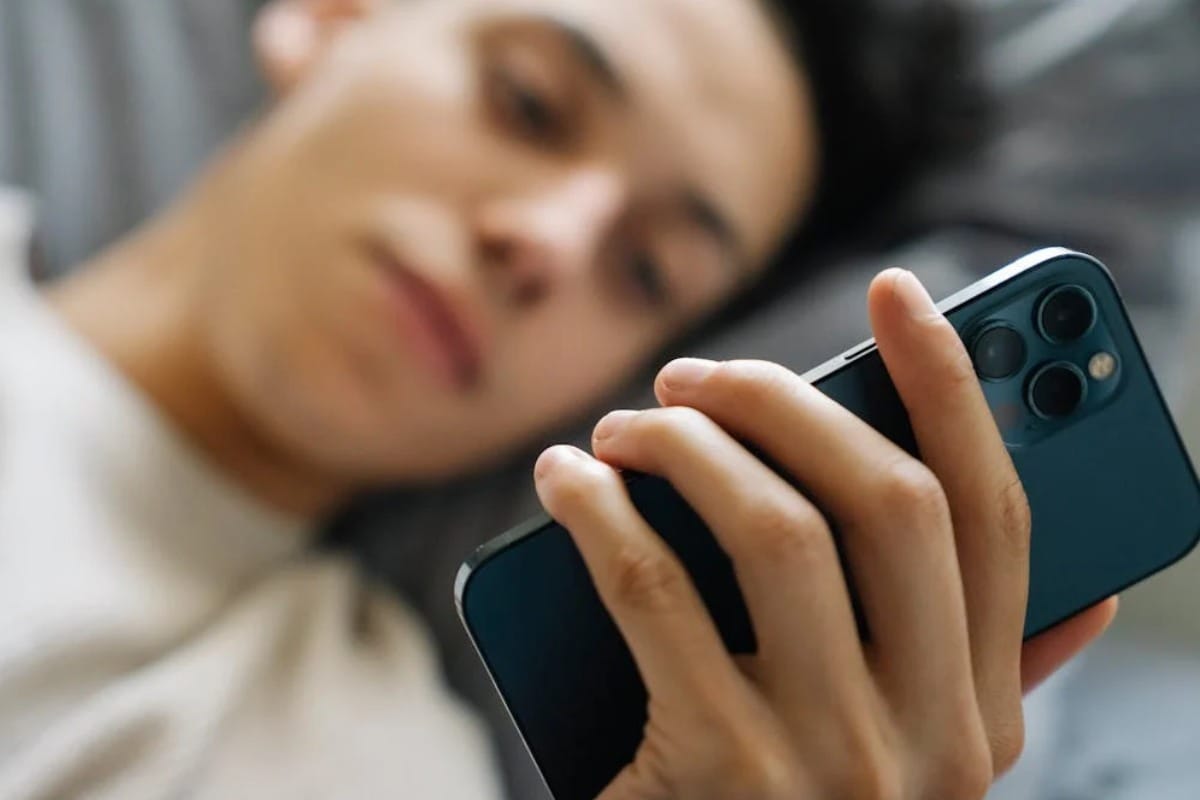Smartphone Use Before Bed Leads to Higher Diabetes Risk How to Stay Protected

Latest from Monash University in Australia Study Studies have shown that exposure to light at night increases the risk of type 2 diabetes. The direct reason for this is that artificial lighting disrupts the sleep and wake cycle. Not only the blue light emitted from devices like smartphones and tablets is the main culprit, but the yellow light emitted from lamps is also a danger to people. Studies say that exposure to artificial light at night, especially between midnight and 6:00 am, can significantly increase the risk of developing type 2 diabetes.
University researchers followed nearly 85,000 people between the ages of 40 and 69 for nine years and monitored their light exposure using wrist-worn devices. They found a strong link between nighttime light exposure and the development of type 2 diabetes. Those in the top 10 percent of nighttime light exposure had a 67 percent higher risk of developing the disease than those with the lowest risk. The link remained even after taking into account factors such as sleep duration and overall health routine.
Although the study does not prove cause and effect, it does suggest that artificial light disrupts the body’s natural sleep-wake cycle and has a direct impact on human metabolism. This can be due to the blue light emitted by smartphones and TVs, as well as the yellow light emitted by reading lamps.
“Avoiding night light is a simple and cost-effective advice that can help reduce the global burden of type 2 diabetes,” said the head author of the study in the report.
The study did not take into account meal timing, which can affect blood sugar levels, and socioeconomic factors were only considered on a regional basis. In addition, individual sensitivity to light varies greatly. Future more in-depth studies are needed to solidify the link between light and diabetes, but these findings suggest that limiting screen time before bed and getting good sleep are beneficial for health.
Keep these things in mind:-
Although in the study the researchers have not directly told the points by keeping in mind which you can take care of your health, but if there is a direct connection between light and diabetes, then here we are telling you some such points, which you should take special care of.
Do not use smartphone or other devices after going to bed
Reduce the use of smartphones, tablets and computers at least one hour before bedtime.
Use a blue light filter
To reduce exposure, turn on a blue light filter on your device. Most brands offer this feature built-in to their software, and if you prefer, there are many free apps on the app store that offer blue light reduction.
Maintain a sound sleep environment
Use blackout curtains to block out external light or you can also use a sleep mask.
Choose a red or orange night light
If you need a night light, red or orange light is a good option, which has less impact on your sleep than blue or white light.
Create a fixed sleep routine
You can choose a specific time to sleep and if you try to sleep at the same time every day, you will start feeling sleepy at the same time every day. This way you can sleep longer.